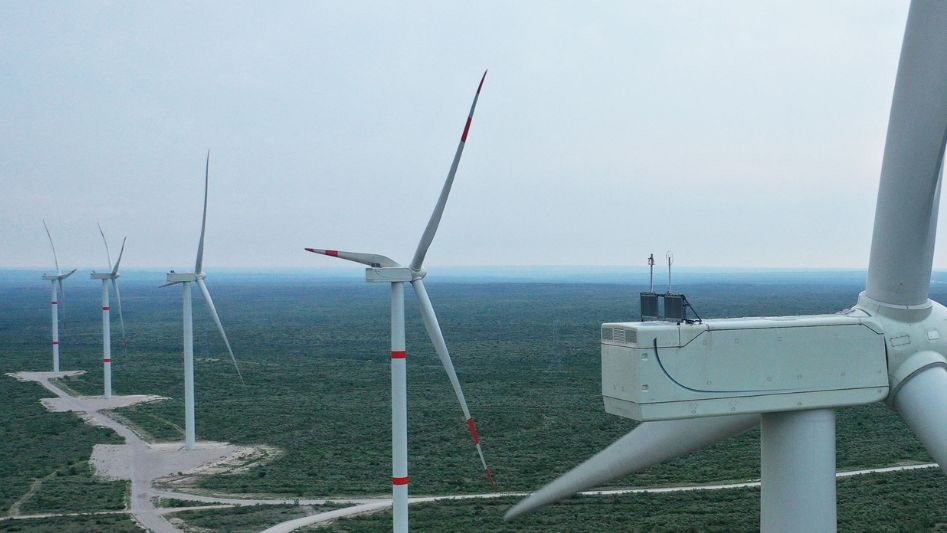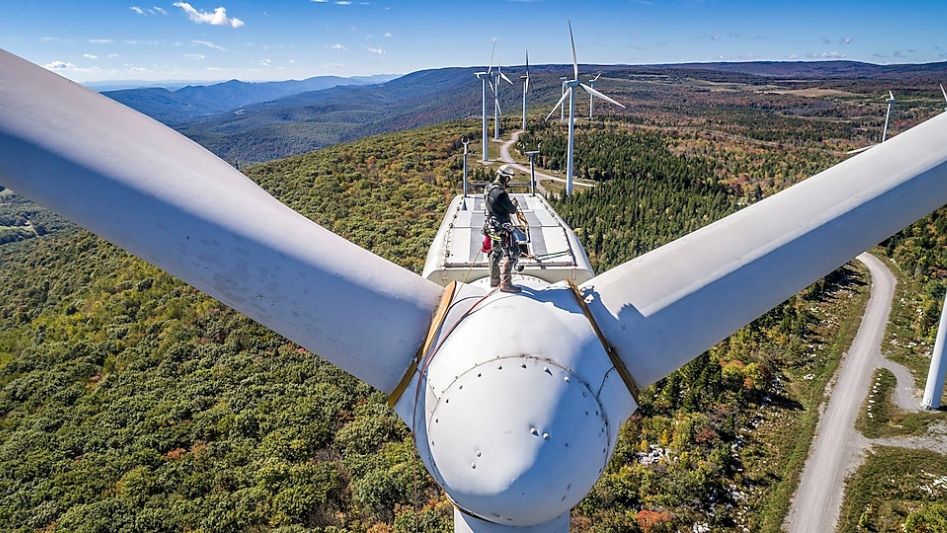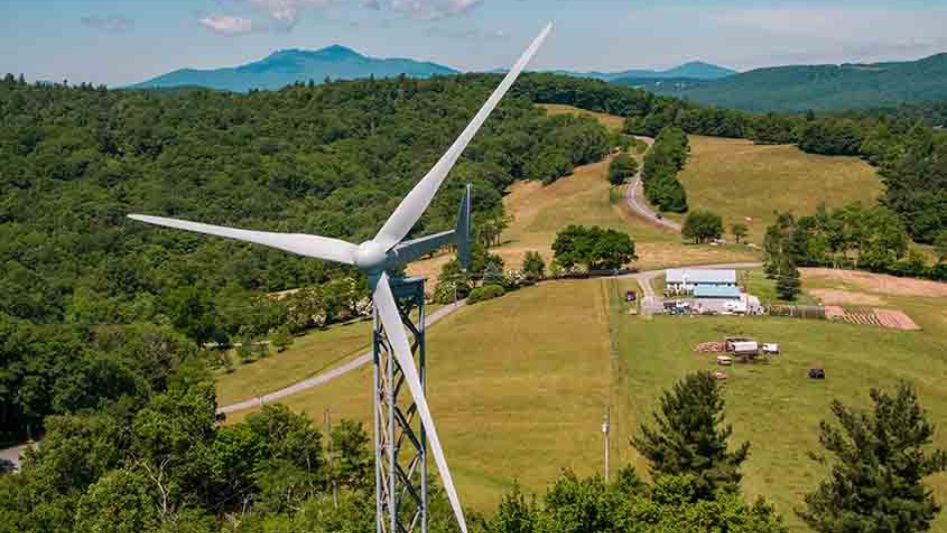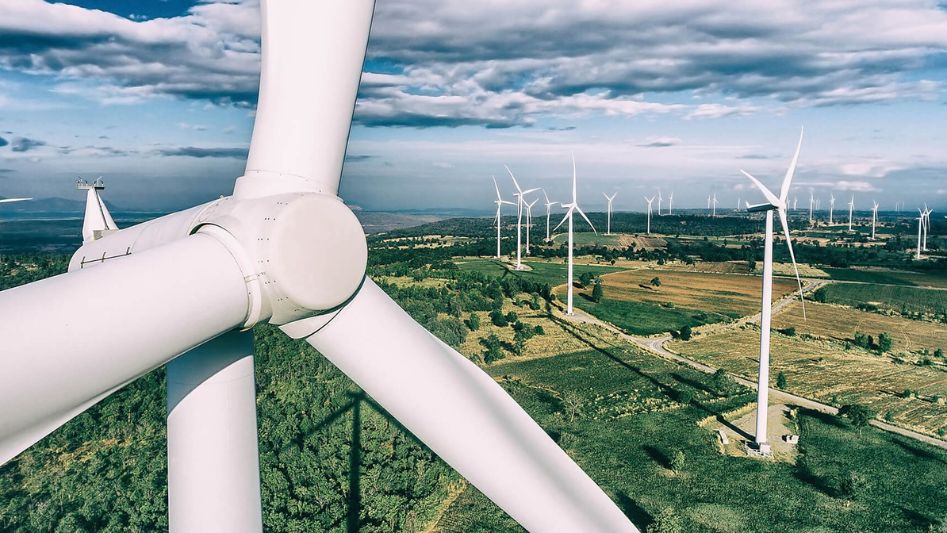As the world becomes more aware of the impact of fossil fuels on the environment, the need for sustainable sources of energy has become a pressing issue. Wind energy is one of the most promising sources of renewable energy, and distributed wind energy systems are gaining popularity as a reliable and efficient means of generating power. Distributed wind energy systems use smaller turbines that can be installed on or near the site where the energy is needed, reducing the need for long-distance transmission lines.
Table Of Content
We invite you to read: “Unlocking the Benefits of Wind Energy: Why Going Higher is Better”

How Distributed Wind Energy Systems Work
Distributed wind energy systems work by using smaller wind turbines that are installed on or near the site where the energy is needed. These turbines generate electricity that can be used on-site or fed back into the grid. Unlike large-scale wind turbines, distributed wind energy systems can be installed in a variety of locations, including residential, commercial, and industrial sites. These systems can be used to power individual homes, businesses, or entire communities.
Benefits of Distributed Wind Energy Systems
Cost-Effective Energy Solution
Distributed wind energy systems can be a cost-effective solution for generating energy. These systems can be installed on-site, reducing the need for long-distance transmission lines and associated costs. Moreover, they can help reduce energy costs for businesses and households by providing a reliable and sustainable source of energy. In the long run, distributed wind energy systems can provide a significant return on investment.
Reduced Carbon Emissions
Distributed wind energy systems are an eco-friendly energy solution that can help reduce carbon emissions. The energy generated by these systems is clean and renewable, which means it does not produce harmful greenhouse gases. By reducing carbon emissions, distributed wind energy systems can help combat climate change and contribute to a healthier planet.
We invite you to read: “A Closer Look at the Benefits and Limitations of Wind Energy”

Increased Energy Security
Distributed wind energy systems can increase energy security by providing a reliable and sustainable source of energy. Unlike fossil fuels, wind energy is a renewable resource that will never run out. This means that distributed wind energy systems can provide a stable source of energy for years to come, reducing the risk of power outages and other energy-related disruptions.
Local Economic Benefits
Distributed wind energy systems can also provide local economic benefits. These systems can create jobs in the renewable energy sector, including manufacturing, installation, and maintenance. Moreover, by reducing energy costs, they can free up funds that can be used for other local economic development projects.
Flexible and Versatile Energy Production
Distributed wind energy systems are flexible and versatile, which means they can be used to generate energy in a variety of locations and settings. These systems can be installed on residential, commercial, and industrial sites, making them a versatile energy production option. Moreover, they can be used to supplement other sources of energy, such as solar or grid power, providing a more reliable and sustainable energy solution.
We invite you to read: “The Benefits of Implementing Vertical Axis Wind Turbines Offshore”

Conclusion
Distributed wind energy systems offer numerous benefits as a reliable and sustainable source of energy. These systems are cost-effective, environmentally friendly, and can increase energy security while providing local economic benefits. As the world moves towards a cleaner and more sustainable future, distributed wind energy systems will play a crucial role in meeting our energy needs. By investing in this technology, we can create a more sustainable and resilient energy system that benefits both the environment and our local communities.
FAQ
What is a distributed wind energy system?
A distributed wind energy system is a smaller wind turbine that is installed on or near the site where the energy is needed. These turbines generate electricity that can be used on-site or fed back into the grid.
How does a distributed wind energy system differ from a large-scale wind turbine?
Distributed wind energy systems are smaller and can be installed in a variety of locations, while large-scale wind turbines are typically installed in remote areas with high wind speeds.
What are the environmental benefits of using distributed wind energy systems?
Distributed wind energy systems produce clean, renewable energy that does not produce harmful greenhouse gases, helping to reduce carbon emissions and combat climate change.
Can distributed wind energy systems provide enough energy to power an entire community?
Yes, distributed wind energy systems can be used to power individual homes, businesses, or entire communities, depending on the size and number of turbines installed.
You May Also Like
- Wind Turbines For At Home: Benefits and Challenges
- The Role of Government in Promoting Wind Energy
- Wind Energy and Grid Modernization: A Synergistic Approach
- Wind Turbine Maintenance: Best Practices and Tips
- The Advantages and Disadvantages of Community Wind Energy Projects

